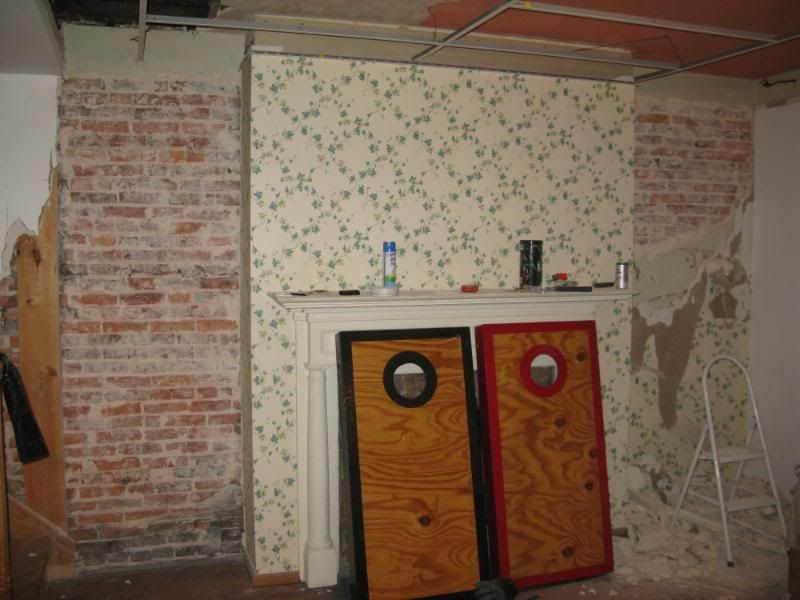When Sangeeth announced this month's theme for Eat Healthy event, I was googling to find the protein chart of vegetarian foods. I came across this link , where in cow pea leaf tops the chart with highest content of protein. Also refer here for the detailed nutritional facts. It turns out that the plant’s leaves are more protein-rich than its bean. Then I decided what to cook for the event. Luckily, I had the cow pea plant with some new leaves, after the rains, in my garden. In summer I was about to pull it off, but since it had some peas hanging on to it to be matured, thought will do it later. Anyhow it survived summer. After the brief monsoon we had, there were fresh tender leaves. We do cook the leaves when ever we have fresh supplies at home. This is a simple stir fry which is very tasty too. Now after reading all the nutrient info on the leaves, there is a new found love for that. I have reserved some mature seeds for the next season, mainly for the fresh leaves.
Have a look at the leaves

The leaves appear in three's

Separate the leaves from the stalk before chopping.
Washed and finely chopped cow pea leaves - 3 cup
moong dal - 1/4 cup
turmeric powder - 1/4 tspn
salt
green chilly - 2
fresh grated coconut - 2 tblspn
Seasoning
oil
mustard seeds
red chilly - 1 no broken
Pressure cook the chopped leaves, moong dal with turmeric and salt. Add about 1/2 cup of water for the dal to cook. The leaves are not the soft kind, so will not turn mushy on pressure cooking.

Heat a kadai and do the seasoning. Add the cooked leaves and dal (Drain the excess water). Grind coconut and chillies together. Stir in the ground paste. Cook for a minute or two. The leaves after cooking will not turn very soft. Serve as side for rice with sambhar/morkootan.

















